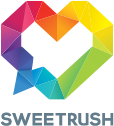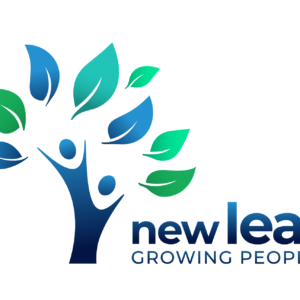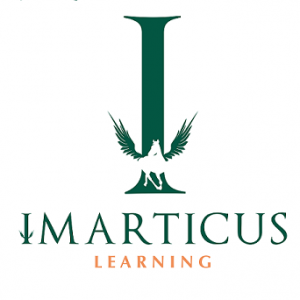How e-Learning Business Might Trend in 2014
I’m sure by now you’ve seen all kinds of predictions on what elearning is going to look like in 2014. Social, MOOC, gamification, games, byte-sized learning, performance management, mobile content, HTML5, Tin Can API - these were the buzz words in 2013, and many gurus have predicted that these trends will gain further momentum in 2014. So I have tried to put together how the business of elearning might behave in 2014.
- World-a heterogeneous eLearning market eLearning has different drivers in different geographies, and this is what I see happening basis our conversations with customers and prospects across the globe:
- US/Europe-Fairly mature eLearning markets. The key drivers are going to be:
- Content upgrade for mobile compatibility
- Change management - New systems or changes due to M&As
- Continuous Learning -L&D managers now very well realize that training can’t be a one-time event, and elearning is the natural choice to provide continuous support
- India eLearning marketIncrease in training reach, reduction in training overheads because of the large geography, and reduction in costs- these are going to be the main business drivers.
- Middle East eLearning marketMany private companies in the region are starting to experiment with elearning, which will continue in 2014 as well. There is still some time for elearning to pick up in the region. However, governments are spending huge sums on elearning, so learning companies with middle-eastern presence and government focus can reap some good rewards.
- Africa eLearning marketDelivery of education is the key driver right now. Mobile penetration is increasing, and thus governments and enterprises are focusing on how to use these devices to deliver education/learning.
- US/Europe-Fairly mature eLearning markets. The key drivers are going to be:
- Tin Can, Big Data, Analytics, and Personalization We now have tools and platforms available that can help us generate lot of interesting data points and carry out deep analysis of that data, such as which section of content learners are having difficulty with, or at what point learners are losing interest in content. On the other hand, there is increasing push from learners to customize learning as per their individual needs. This should again be a business driver in 2014 - requiring changes both at the LMS and content levels, and some niche programming and analytical skills as well. PredictioneLearning companies/teams with strong technical skills would start talking about this, and they would want to do some projects with forward- looking companies. However, this would pick up steam only after a year or so, once some customers start talking about the real-life positive outcomes of these tools and platforms.
- Small Content Sizes, Search, and Performance SupportBoard rooms are increasingly looking for ROI (rude, but it’s a sad reality of life!), and the attention span of learners is just getting shorter and shorter, and the double whammy is that learners keep on forgetting things they learnt a day back! So, on the one hand, instructional designers are being pushed to think afresh - about how content can be made smaller yet effective. This is leading to adoption of videos, whiteboard animations, comics, and other such interesting formats in learning delivery. On the other hand, LMS providers are being pushed to add strong search capabilities, mobile compatibility, and enhance the user interfaces and usability of their systems in order to stay relevant in the coming few years. PredictionThere is going to be a shift from Level 1/2/3 content to increasing the variety of content. LMSs will evolve, and start making an impact in the SMB space first. Large enterprises are going to take time to adopt to new age LMSs-another year or two perhaps, once they start hearing enough about the new age LMS adoption.
- LocalizationWith so much diversity around in terms of languages and cultures, and with the increasing reach of devices and connectivity across the globe, more and more customers are looking at leveraging their existing content across geographies.PredictionLocalization of content will be a strong business driver for elearning companies in 2014.
- The eLearning Buzz WordsMOOC and Gamification are a couple of the buzz words that were talked about extensively in 2013. While they will continue to generate interest, I see only a limited impact on business in 2014 due to these developments.PredictionMapping of courses available on MOOCs with organizations’ TNI is going to be the biggest challenge. MOOCs are designed for the widest possible appeal, whereas organizations mostly have very specific and custom learning needs within a given competency. I am not too sure if this is going to change in a hurry and whether MOOC is going to make a big impact on corporate learning in 2014. LMS vendors pitching for on-premise MOOC deployment are just trying to ride the wave without any real benefit to the customer from such deployment.Gamification is a good concept, but it requires quite a bit of effort to first make changes in the LMS and/or the content, and to then create and sustain learner interest in badges, points, levels, etc. It would be very challenging for L&D teams to keep on innovating and bringing in new challenges for the learners. Hence, again, I think there is going to be quite a bit of talk around this in 2014, but little uptake. The game changer would be when some vendor creates a gamification-driven LMS for L&D teams to use and when this vendor keeps on constantly updating the platform with newer challenges.
So this is how I see the elearning business panning out in 2014. Do you agree or have differing views? Would love to receive your feedback
Sponsored content - article continues below
Trending eLearning Content Providers
Originally published on January 8, 2014












